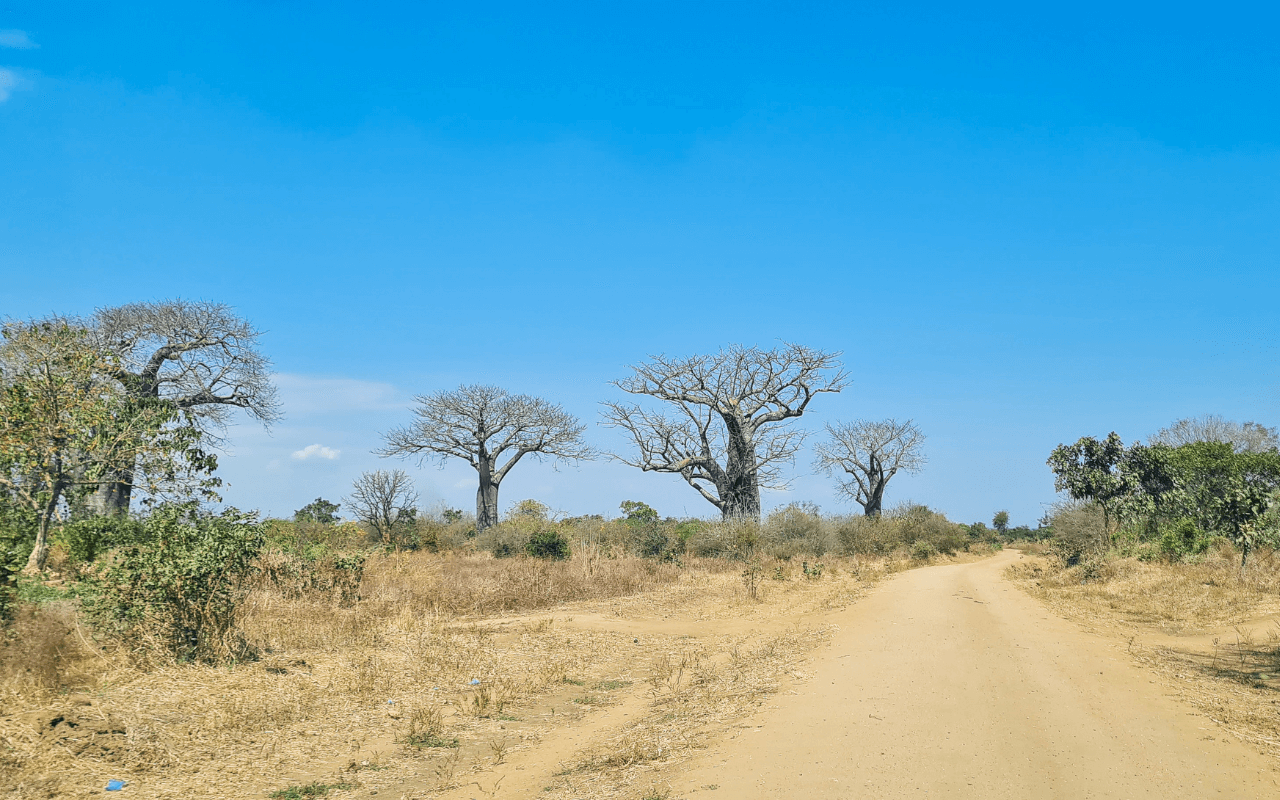Although it is true that we are in the middle of an ice age, albeit in an interglacial period, looking at the shimmering haze rising off the Dhaka streets outside my window, I seriously doubt the truth of the boffins in the paleoclimatology lab. However, to paraphrase Tennyson, “ours not to reason why; ours but to do and die”, and die is something we might do if we do not take care of ourselves in these heatwaves that are scorching the world.
Whether it is in the stifling humidity of the Bengali Boishakh, or the arid hound of hell, Cerberus, burning up southern Europe, the impact on health is the same, heat exhaustion and heat strokes. Although we cannot control the weather, we can take practical steps to mitigate the devastating effects of the heatwaves and high extremes of temperature upon us.
The first thing to do is to understand the diurnal cycle, and how the presence of the sun affects the daily temperature. Noon is typically when the sun reaches its zenith and shines down the hardest. However, it is for the first few hours after high noon when the earth starts reflecting much of that heat back into the atmosphere. As a result, the air is the hottest at around 3 pm. It therefore makes sense to seek shade or stay indoors during these hours.
Houses in the tropics are typically designed to be airy for this reason and most benefit from ceiling fans. Circulating air helps evaporate sweat and promotes heat exchange from the body, even in humid climates. Air conditioning can bring down ambient room temperature but it also has the reciprocal effect of contributing to global warming. If you live in a temperate climate zone and are in a quandary about whether you should install an air conditioner at home or suffer the heat like a true climate warrior, you may benefit from the life hack of spending these few hours in a public building like a library or mall which is already climate controlled.

It is already quite evident that from a public health point of view, prevention of environmental exposure to heat is far better than treating the effects of heat exhaustion and heat stroke as a result of heatwaves. One of the ways of keeping your core temperature low is to decrease your rate of metabolic activity. This can be done passively by resting, but more actively by altering your diet. Shifting from complex fats and proteins to simpler carbohydrates eases off pressure on the digestive processes; this can be further supplemented by drinking adequate amounts of cool water to facilitate heat loss by circulation. Hot drinks, or drinks that increase your metabolic rate, should be avoided, so put aside any tea, coffee or alcohol that you may consume.
While on the topic of liquids, cooling can also be achieved by spraying water on to the face (the same principles as evaporating sweat) or by soaking your hands and feet in cool water. The network of blood vessels here are great at heat exchange, as are the blood vessels at the back of the neck, so placing a damp towel on your nape can help.
However, if things take a turn for the worse, you may end up treating yourself, or others, for heat exhaustion and so it is necessary to recognise the signs, and know how to actively treat for exposure. As the body’s core temperature starts to rise, increasing sweating leads to a loss in circulating fluid volume and results in dehydration. Weakness, tiredness, dizziness and headaches are a direct result of this dehydration, which can also manifest with increased thirst. As the temperature continues to rise, the breathing rate and heart rate increases and a feeling of sickness can set in. With actual vomiting and the increased sweating, a lot of electrolytes are lost from the body and this can result in cramps in the arms, legs and stomach. Adults and children suffer more or less the same effects, but if quick action is taken, most of these symptoms can easily be reversed.

Bringing them into shade and taking off any clothes that retain heat and fanning them should make them start to feel better. Cool, rehydrating fluids packed with electrolytes are great to drink at this time and cold bottles or packs in the arm-pit and behind the neck should help them recover within thirty minutes.
If heat exhaustion is allowed to continue untreated, it can progress to heat stroke which is a medical emergency. If they are not settling down after thirty minutes despite the treatment outlined above, make sure they get to hospital as quickly as possible. Signs of heat stroke include the breathing and heartbeat getting faster, increased confusion and poor coordination. Having a fit or a seizure, or losing consciousness are very worrying signs, as is the absence of sweat on the body. If they lose consciousness, place them in the recovery position and place cold packs in the armpits, groin and back of the neck while you wait for the ambulance to arrive.
Finally, if you have pets or animals under your care, remember that they too can suffer the same effects of heat exhaustion and heat stroke. The principles of care are very much the same so provide them with enough cool water to drink and to soak themselves in.


